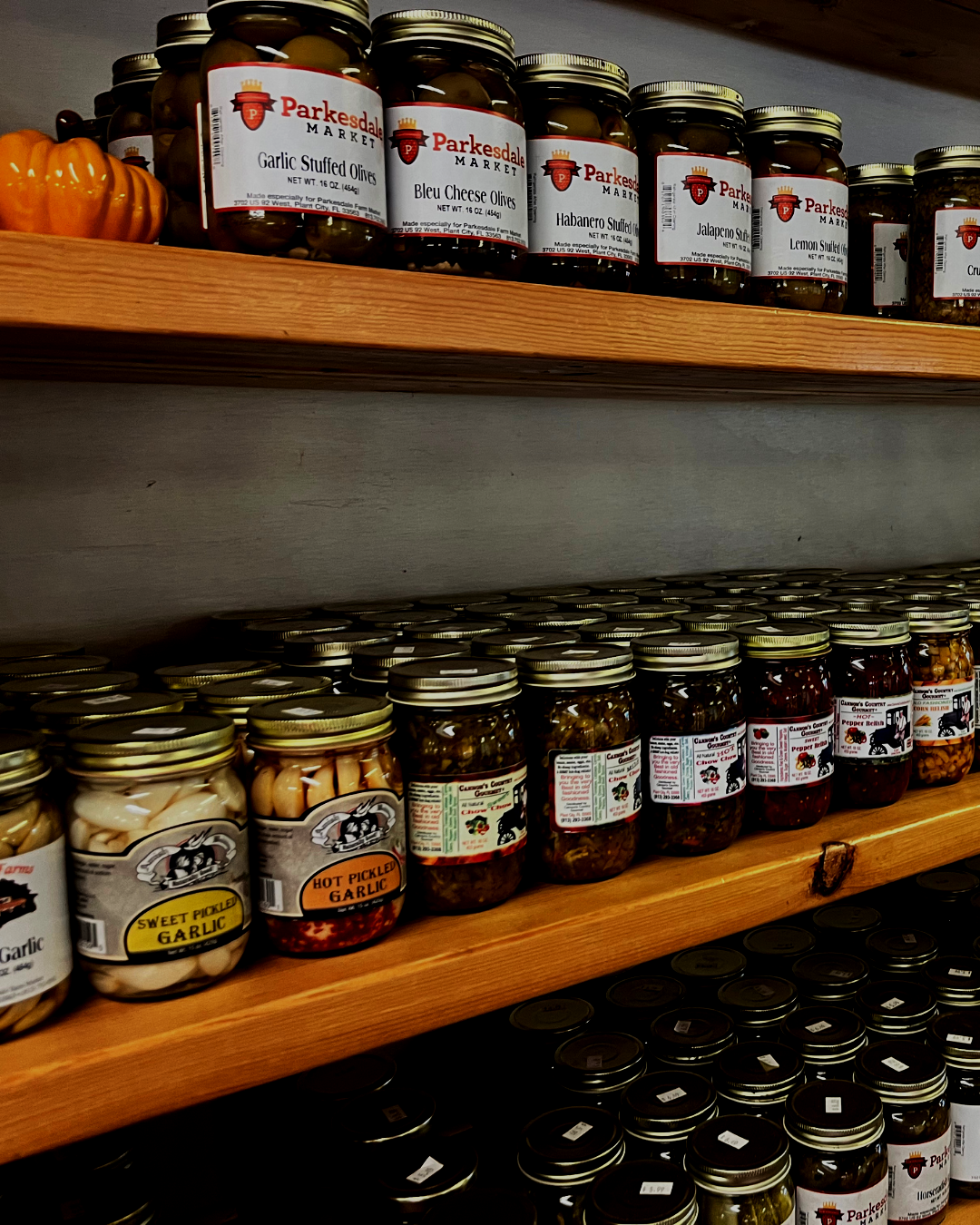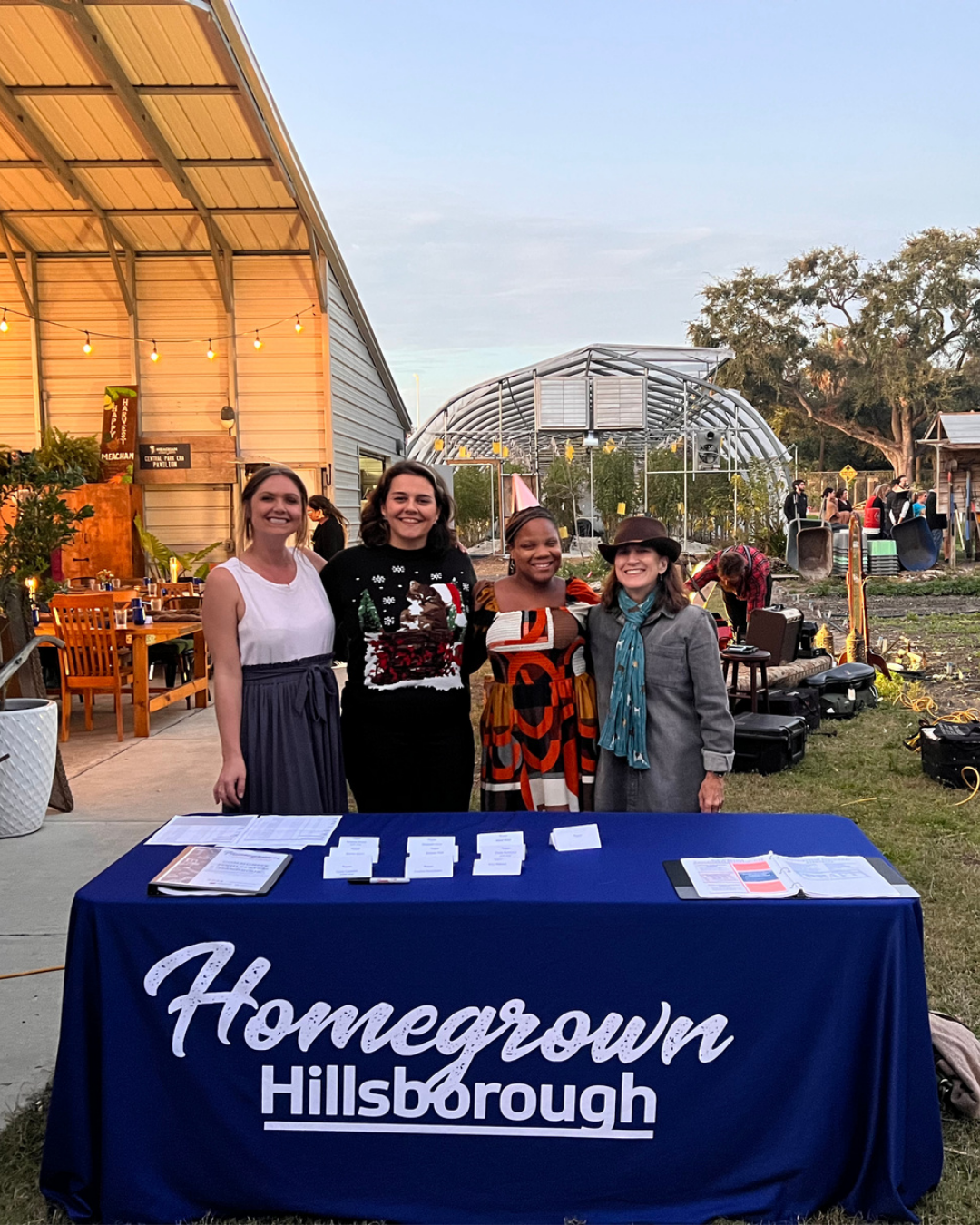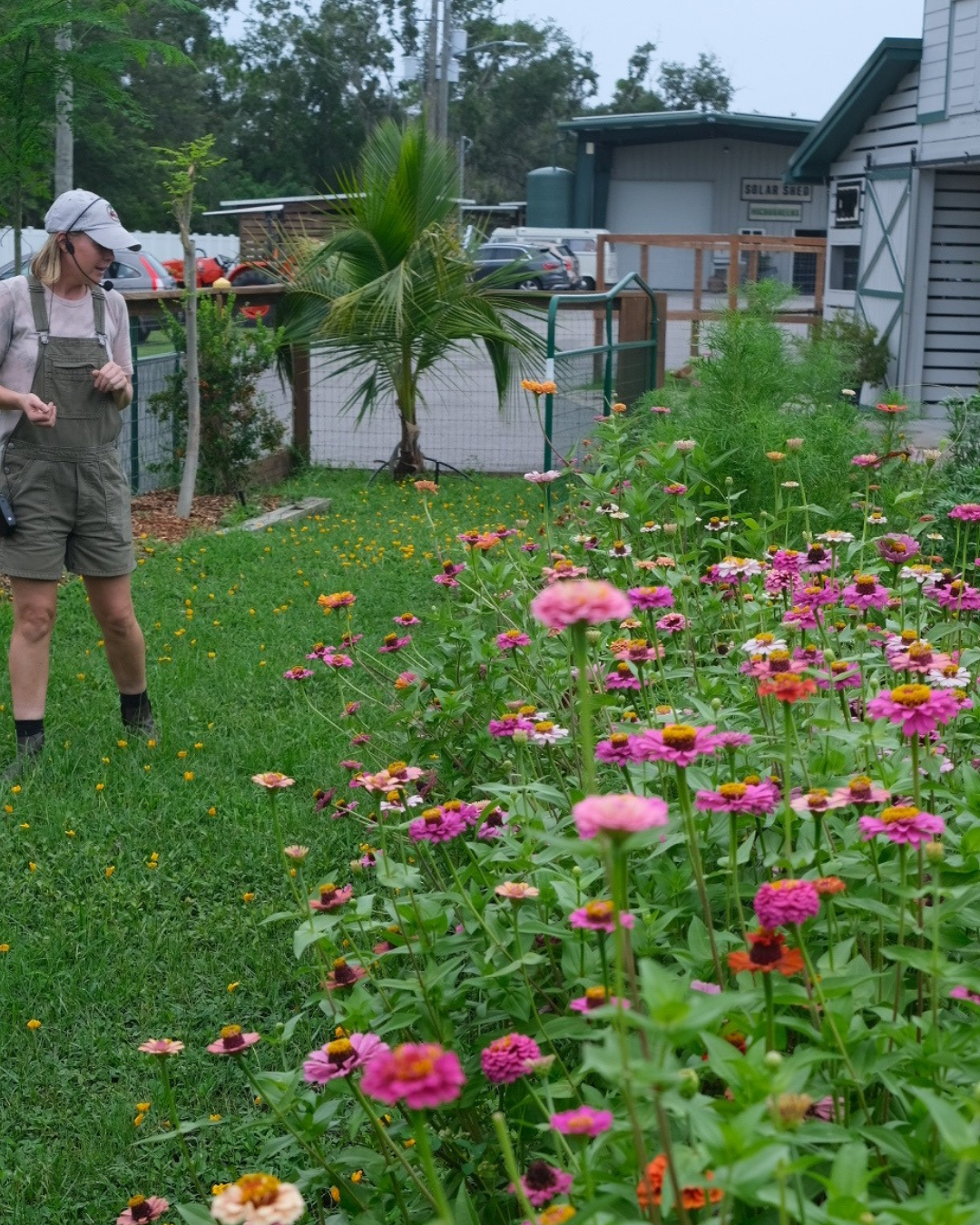
Processing
A food system includes all the processes and infrastructure involved in feeding a population, as depicted in the sectors below. The Food System Wheel is Homegrown Hillsborough’s depiction of the interconnected aspects that influence nutrition, food, health, community development, and agriculture.
Processing converts raw food ingredients into usable products through cutting, cleaning, packing, storing, and more to prevent spoilage.

Processing:
Key Concepts
-
Value added means changing a product, such as a fruit or vegetable, in a manner that enhances its value as commodity. Examples include turning a cucumber into a pickle; cutting up whole carrots or other fruits or vegetables into pieces; boiling whole peanuts with some seasoning. The commodity becomes more valuable because it has been transformed.
-
Commissaries are rentable commercial kitchens where foodservice operators can prepare and store their food.
-
Conditions and practices that preserve the quality of food to prevent contamination and food-borne illnesses. It is important to follow food safety guidelines so there is nothing harmful associated with the food product that can make consumers ill or sick. You can receive certification dependent on your level.
-
There are some foods that require special handling when it comes to time and temperature. This is any food that can support the growth of harmful microorganisms, including milk and milk products; fish, shellfish, and crustacea; shell eggs; sprouts and raw seeds; meat (beef, pork, and lamb); soy-protein foods; poultry; and other raw products.
-
Processed food is any raw food that has undergone any changes to its natural state. Uultra-processed foods are defined as “industrial formulations with five or more ingredients.” Eamples include canned beans or cheese vs. soda or chips.





